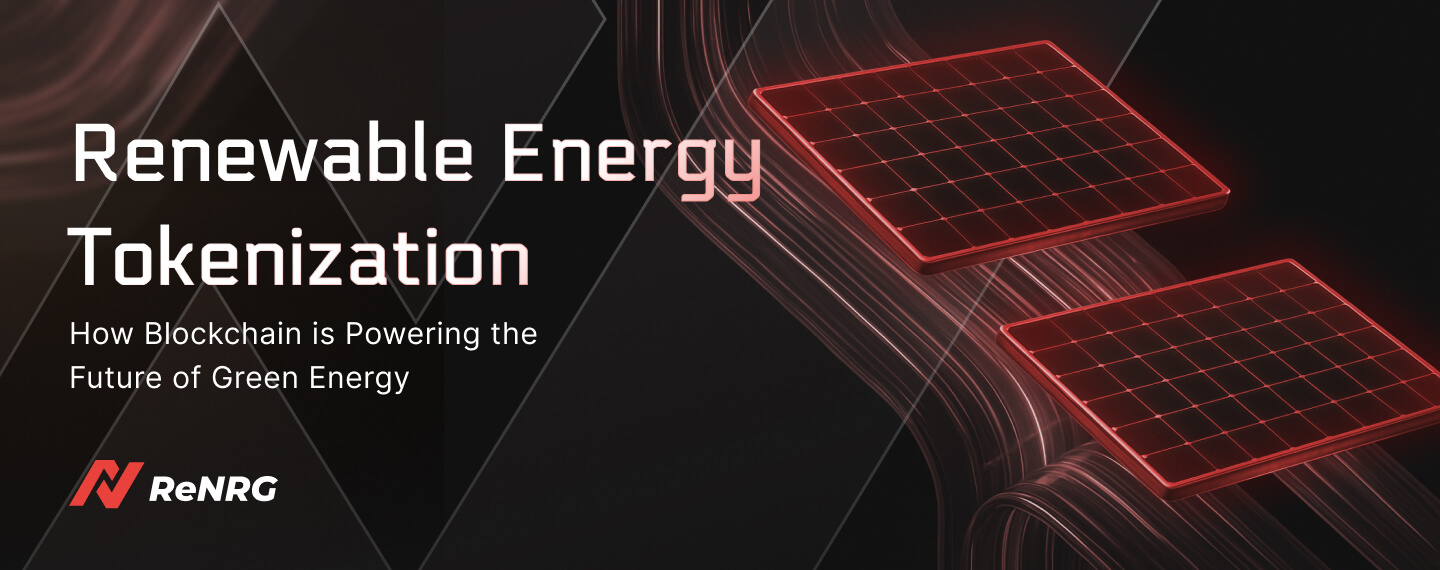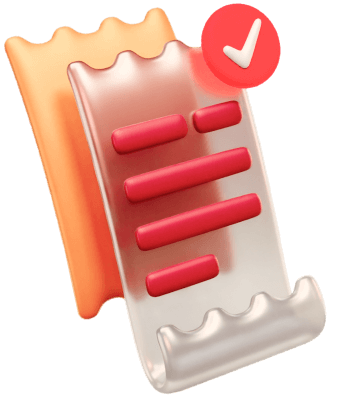Key Takeaways
- Renewable energy tokenization turns real-world energy assets into digital tokens on the blockchain, representing ownership, revenue, or utility.
- Types of tokens include asset-backed (e.g. 1 token = 1 kWh), revenue-linked, and utility tokens.
- Core components include blockchain infrastructure, smart contracts, tokenized assets, and decentralized grid participation.
- It enables micro-investments, peer-to-peer trading, and community ownership in green infrastructure.
- Tokenization enhances liquidity, accessibility, and transparency, accelerating global renewable energy adoption.
- Countries like Germany, Switzerland, USA, India, and UAE are leading adoption through pilots and regulatory sandboxes.
- Legal and regulatory considerations vary by region, requiring careful structuring and compliance.
Renewable energy tokenization is the process of converting real-world renewable energy assets like solar farms, wind turbines, or energy credits into digital tokens on a blockchain. These tokens represent ownership, access rights, or value derived from the energy produced by these assets.
These green energy tokens can be:
- Asset-backed (e.x 1 token = 1 kWh of solar energy)
- Revenue-linked (e.x sharing profits from wind farms)
- Utility tokens (e.x access to decentralized grid services)
How Does It Work?
Tokenization of energy assets relies on a few key components:
1. Blockchain Infrastructure
The foundation of tokenization, ensuring transparency, immutability, and auditability of energy transactions. It allows for real-time data from energy sources to be recorded and shared securely.
2. Smart Contracts in Energy
Self-executing contracts automate functions like:
- Distributing revenue to token holders
- Triggering payments for energy consumption
- Enforcing grid balancing rules
Smart contracts reduce human error, enhance efficiency, and enable trustless coordination across participants.
3. Tokenized Energy Assets
Energy assets (like solar panels or battery storage units) are digitized and fractionalized, enabling micro-investments and peer-to-peer energy trading.
4. Decentralized Grid Participation
Token holders can contribute to or draw from a decentralized energy network, enabling better load balancing, grid resilience, and localized energy autonomy.
Why It Matters
- Democratizes Energy Investment Individuals can invest in large-scale solar or wind farms with just a few dollars, gaining exposure to long-term returns.
- Unlocks Liquidity Tokenized assets are tradable on secondary markets, improving access to capital for renewable energy developers.
- Empowers Communities Communities can co-own renewable infrastructure and benefit from localized energy generation.
- Accelerates Green Energy Adoption Transparent, efficient systems make it easier to scale climate-positive infrastructure globally.
Global Adoption of Renewable Energy Tokenization
🚀 Countries Leading the Charge:
- Germany & Switzerland: Pioneer projects for solar tokenization and community energy models.
- United States: Several startups and utilities exploring tokenized RECs (Renewable Energy Certificates).
- India: Emerging pilots in smart microgrids and community solar token models.
- United Arab Emirates: Leveraging tokenization in large-scale solar projects via blockchain-based platforms.
The Future of Green Energy is Tokenized
Tokenization is the bridge between sustainable energy and financial inclusion. By leveraging blockchain for energy, ReNRG is working to create a more open, decentralized, and climate-positive future one token at a time.
Whether you’re an investor, energy provider, or policymaker, renewable energy tokenization opens up a world of opportunity. Stay tuned as we continue to build the infrastructure of tomorrow.
Follow https://x.com/renrg_official for more updates on how we’re tokenizing the green energy revolution.
FAQs
Yes, while the legal framework is evolving, India allows energy trading under regulatory sandboxes and experimentation models. SEBI and RBI are monitoring asset-backed token innovations. It is advisable to work within the energy and securities regulations using a licensed intermediary or under a regulatory sandbox.
To launch a renewable energy token in the US/EU:
- Define the token type – security, utility, or asset-backed.
- Comply with regulations – such as SEC guidelines (US) or MiCA (EU).
- Partner with certified energy providers and platforms.
- Use a compliant blockchain infrastructure with integrated KYC/AML.
- Engage legal counsel for cross-border and energy licensing.
- Switzerland – Home to projects like SolarCoin and community-owned tokenized energy platforms.
- Germany – Actively testing decentralized grid models with tokenized ownership.
- US – Innovative energy marketplaces and tokenized REC pilots.
- UAE & Singapore – Supporting blockchain-based climate tech startups with regulatory support.

